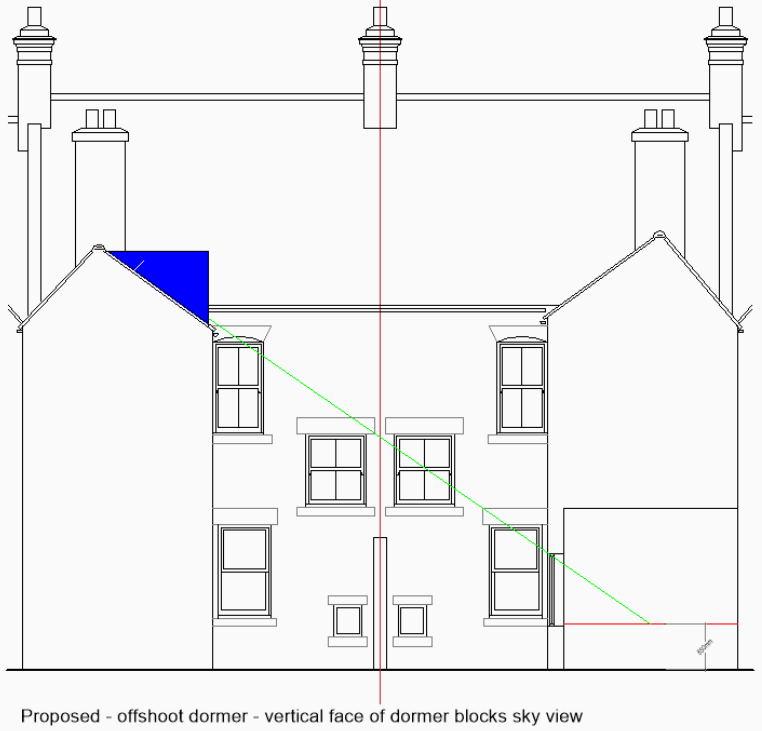Since property real estate development becomes increasingly intricate, grasping the details of legal rights has never been as essential. One such entitlement that considerably impacts both developers and property investors is the right to light. A Right to Light Survey serves as a critical tool in making sure that projects not only fulfill zoning requirements but also consider the light access of neighboring properties. This survey can prevent costly legal disputes and encourage better relationships within societies, making it an crucial step in the development process.

In this article, we will explore the top five motivations why purchasing a Right to Light Survey is beneficial. We will delve into the historical background context and legal principles behind these rights, how they affect planning consents, and the necessary precautions that can protect your project against future complications. Regardless of whether you are a seasoned developer or thinking about your first project, grasping the value of right to light can set the foundation for thriving and harmonious developments.
Comprehending Right to Light
Right to Light is a legal right that permits a real estate owner to receive daylight through apertures in their establishment. In pop over to this website , this right is derived from case law and is typically established if a property has received unobstructed light for a defined period, often 20 years. When developers plan new developments, the potential effect on existing light levels can emerge as a critical factor, leading to concerns from neighboring property owners about forfeiting their rights to light.
Grasping this notion is essential in real estate development, as failing to address rights to light can result in major legal challenges and delays. Developers need to be aware that even if development permission is approved, it does not automatically protect them from right to light disputes. A thorough understanding of these rights can aid developers in formulating decisions that reduce disruption to neighboring properties and reduce the risk of opposition.
Participating in a Right to Light survey early on in the design process can help identify potential issues and inform design changes to ensure compliance. By doing so, developers can not only adhere to legal standards but also cultivate positive relationships with neighboring real estate owners, ensuring more efficient project development and reducing frictions that can arise from overlooking these critical rights.
Legal Factors and Compliance
When engaging in property construction, understanding the regulatory structure surrounding right to light is crucial. This concept is based in traditional law, which allocates property owners the entitlement to get light through defined windows or openings. Familiarity with this juridical right can forestall costly disputes, making sure developers comply with existing laws and rules. Knowledge of the judicial precedents concerning right to light guarantees that developers are ready for potential challenges during the planning phase.
The consequences of right to light reach beyond direct compliance; they can significantly influence planning approval results. Authorities evaluate how a proposed project impacts adjacent properties' light availability. Developers must maneuver through Local Planning Authority policies and take into account potential resistance from neighboring property owners. Conducting a right to light survey early in the development process aids in spotting risks that may occur from such assessments, thus expediting project endorsement.
Judicial remedies are available for right to light infringements, which may include compensation or, in more severe cases, court orders. Grasping how these remedies function is crucial for developers to strategically manage relationships with neighbors and react effectively to objections. Proactive engagement with legal experts ensures that developers not just comply with light rights regulations but also foster positive cooperation with the local community.
Survey Procedure and Industry Knowledge
The method of performing a Light Rights survey includes several important phases that guarantee precise assessment and compliance with legal requirements. Initially, surveyors will gather site data, including existing structures and surrounding properties, to assess potential light obstruction. Using specialized tools, including sunlight and daylight analysis software, surveyors develop models to understand how light engages with the proposed projects. This phase is crucial, as it lays the foundation for identifying any possible infringements on current light rights.
After the initial analysis, the subsequent phase involves detailed assessments and reporting. A thorough Daylight and Sunlight report will be generated, showcasing findings and recommendations for the developer. This report adheres to the BRE guidelines, which provide a structure for assessing the impact of new developments on adjacent properties. By providing concise visuals and thorough analysis, the report serves not only as a compliance document but also as an important tool for negotiations with local authorities and affected neighbors.
Incorporating industry insights, it is clear that engaging with Right to Light experts early in the construction process is beneficial. Their knowledge not only aids in managing the complexities of legal requirements but also in building positive relationships with surrounding property owners. By addressing Right to Light issues proactively, developers can mitigate risks of legal disputes, ease planning permissions, and concentrate on successful project execution while ensuring that both their interests and those of the adjacent properties are honored.
